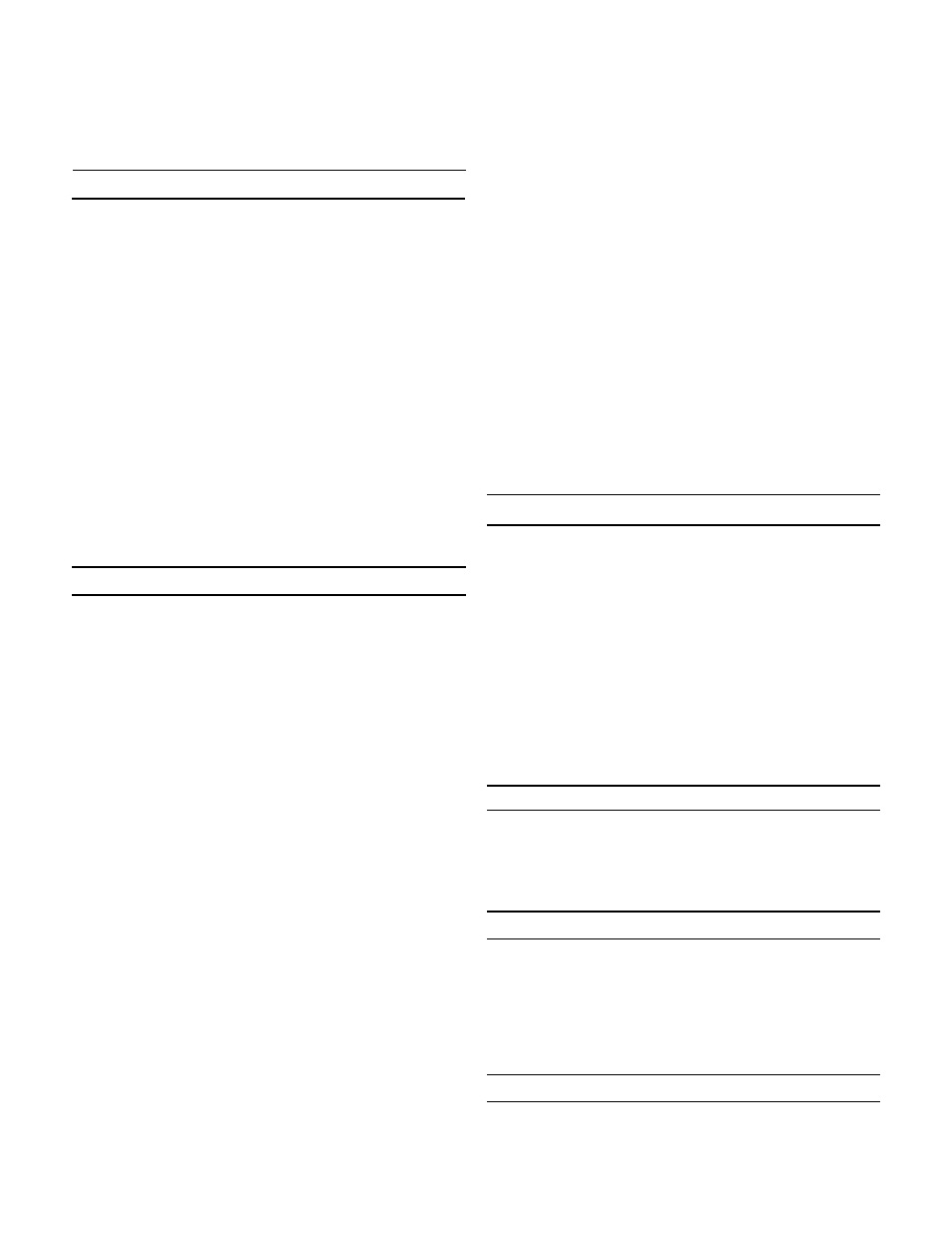Maintenance, Pilot valve, Remove pilot valve diaphragm – Jordan Valve Mark 67 Series – Piloted Sliding Gate Regulator User Manual
Page 2: Remove pilot valve seats, Start-up, Trouble shooting

Incorrect setting on range spring. Vary the setting
and check response.
Pilot valve or main valve seats leaking. Close inlet
shut-off valve, allow downstream pressure to bleed
off, close outlet valve and remove loading pressure
tubing. Back out adjusting screw on pilot valve until
free (both pilot and main valves are now closed.)
Crack open inlet shut-off valve - if fluid issues from
pilot valve port, the pilot seats are leaking. If the
fluid issues from the main valve port, the main valve
seats are leaking.
By-pass shut-off leaking. During period of leakage
close outlet shut-off valve, observe downstream
pressure gauge.
Bleed port in main valve clogged/partially clogged.
Remove 1/2” NPT pipe plug in upper bonnet to
gain access to bleed port and clean bleed port.
Follow instructions in section “To Remove Main
Diaphragm.”
Controlled Pressure Fluctuates:
Valve oversized. Check capacity required and valve
capacity.
Maintenance
Caution: Ensure that the valve is de-pressurized be-
fore loosening any fittings or joints. The following
steps are recommended before performing any main-
tenance on the valve:
1.
Allow pressure to bleed off through the down-
stream piping. Do not attempt to reverse the flow
through the valve by bleeding pressure from the
upstream side of the valve.
2.
When the pressure gauges indicate that all pres-
sure has been removed from the system, close the
outlet shut-off valve and the valve may be serviced.
Note: Refer to the drawing at the end of this docu-
ment for description and proper orientation of parts.
Pilot Valve
1.
Remove the tubing between the pilot valve and the
main valve.
2.
Remove the pilot valve by unscrewing the mounting
nipple from the main valve.
Remove Pilot Valve Diaphragm
1.
Release the compression of the range spring by
turning the adjusting screw counterclockwise until
free.
2.
Remove the housing screws (7), spring housing (3),
spring guide (4), range spring (5), upper diaphragm
plate (6), and diaphragm (8).
Remove Pilot Valve Seats
1.
Release the bottom cap (15), the return spring (16),
plug (17), stem (11), and strainer (not shown) will
7.
Install a pressure gauge in the control line or near
the inlet of the valve to aid in setting the valve and
checking for inlet pressure during maintenance
procedures. (There is a 1/4” NPT tapped opening
in the lower bonnet.)
Start-Up
With the inlet, outlet, and bypass shutoff valves closed,
and no pressure in the downstream line:
1.
Fully open the control line shut-off valve.
2.
Fully open the outlet shut-off valve.
3.
Slowly open the inlet shut-off valve.
4.
Slowly open the inlet valve just enough to start flow
through the valve. Observe the downstream pres-
sure gauge. Increase the downstream pressure
slowly by gradually opening the inlet valve.
5.
Do not fully open the inlet valve until you are sure
that the regulator has control of the system. Usu-
ally, the handwheel on the inlet valve will turn freely
when this is achieved.
6.
To change the controlled pressure, adjust the
controlled pressure supplied to the top of the dia-
phragm.
7.
Body and cap bolts should be re-tightened per
torque procedures after valve reaches operating
temperature.
Trouble Shooting
The first step in troubleshooting a piloted pressure regu-
lator is to classify the action of the controlled pressure
into one of the following categories:
A.
Under Pressure: Controlled pressure too low; not
enough flow or no flow through valve.
B.
Over Pressure: Valve will not close or controlled
pressure increases after valve closes.
C.
Pressure Fluctuates: Controlled pressure rises and
falls, will not settle out under low loads.
The next step is to determine what could cause the
trouble. The third step is to locate and remedy the cause
by the process of elimination. Make no assumptions and
check the easy ones first. The guide below lists the con-
trolled pressure action, common causes and procedure
for checking each cause.
Controlled pressure action UNDER PRESSURE:
Valve undersized for application. Check capacity
required and valve capacity.
Line strainer or pilot strainer screen clogged. Blow
down strainers or visually check that they are clear.
Incorrect setting on range spring. Vary the setting
and check response.
Main valve diaphragm ruptured. See action on main
valve maintenance.
Malfunction of other piping components. Check
for leaking traps and safety valves, inadvertently
opened or closed valves.
Controlled pressure action OVER PRESSURE:
-2-
